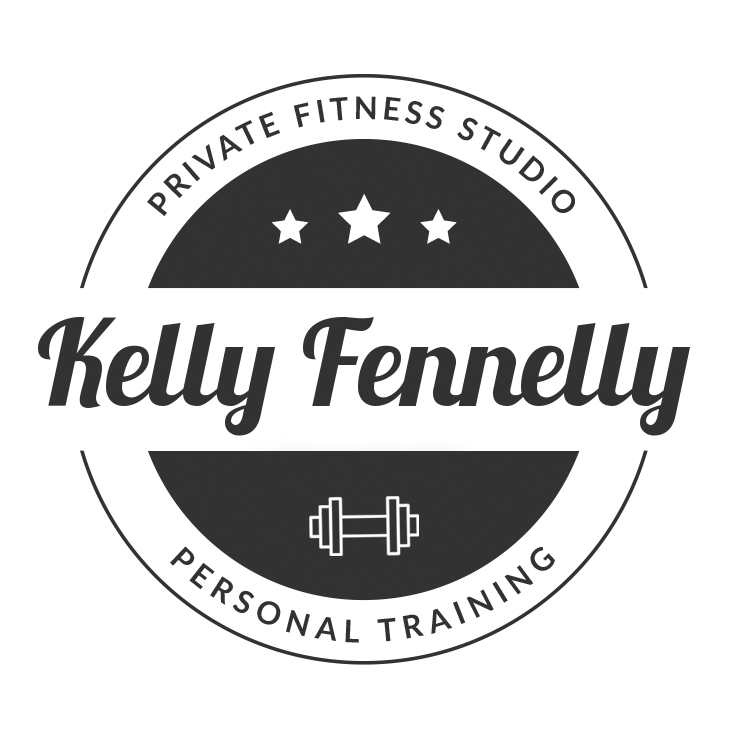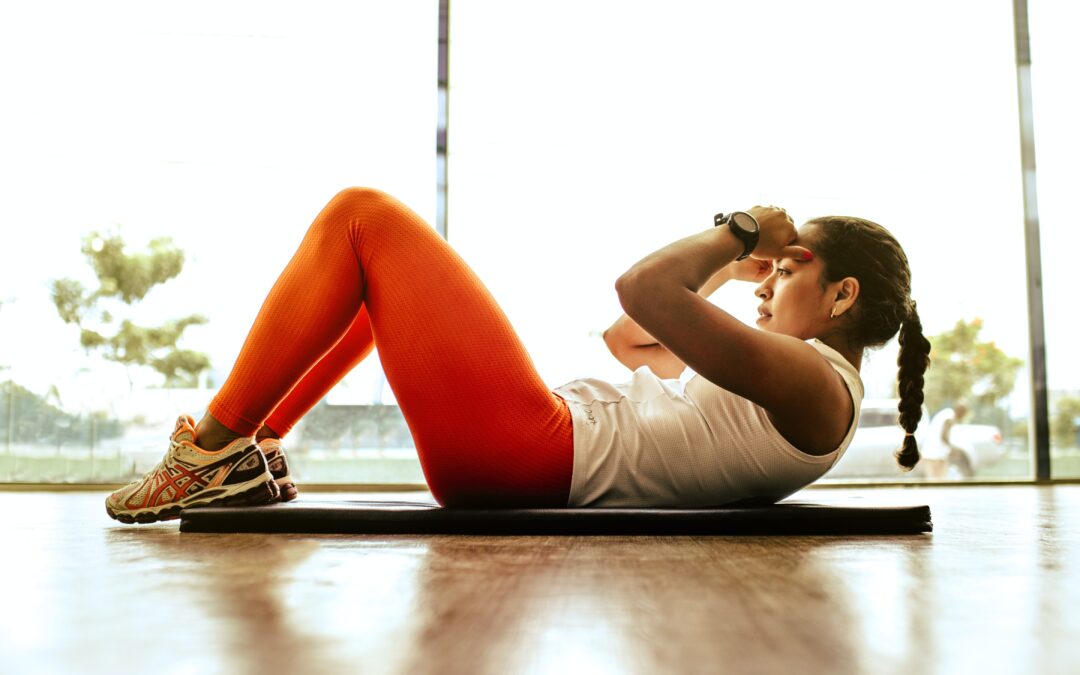Five great exercises for a full-body workout!
There is no shortage of full-body workouts. The right workout can help you transform your body or maintain a healthy fitness level. The challenge can be to find the best exercises that work the entire body. Below are five excellent full-body workouts you can try at home.* We’ve selected these because they’re easy to follow (important when you’re working out without a trainer) and because they help strengthen and tone as well as target multiple muscle groups.
1) BURPEES:
Burpees work almost every muscle in your body, making them a great part of any full-body workout. Your legs get a good workout during the squatting and kicking back portion, while your arms, shoulders, and chest get worked out during the hand plank portion. Your lower back is worked with the combination of kicking back and planking. Overall, most of the burpee actions will require you to use your abs.
The classic burpee is a four-count movement consists of these four steps:
- Assume a standing position.
- Lower into a squat position with your hands on the ground.
- Kick your feet back into a hand plank position. Keeping your arms extended.
- Bring your feet right back into a squat position.
- Stand up from the squat position and reach up to the sky on your toes.
- Repeat.
For an advanced burpee, add a push-up while in plank. Take it up a notch further by jumping as you reach to the sky.
2)LUNGES:
A lunge works your hips, glutes, quads, hamstrings, core, and hard-to-reach muscles of your inner thighs. They’re a great move for beginners. Done correctly, they can work out your lower-body muscles without straining your joints.
- Stand with feet hip-width apart. Be sure to engage your abs.
- Take a big step forward with the right leg while shifting your weight forward so that your heel hits the floor first.
- Lower your body until the right thigh is parallel to the floor and the right shin is vertical. Your knee should not go past right toe. (For an added challenge, lightly tap left knee to the floor while keeping weight in right heel.)
- Press into your right heel to pull back up to starting position.
- Repeat on the other leg.
3)SQUATS:
Squats, if done correctly, will strengthen your legs, glutes, and core muscles. They can keep bones and joints healthy and improve lower body mobility.
- Stand with feet shoulder-width apart and pointed about 15 degrees outwards. You can keep them straight if that is more comfortable.
- Face forward and hold your chest up and out.
- Sit back and down like you’re sitting down into a chair.
- Squat down until your thighs are parallel to the floor (or as close to it as you can). Your knees should over your ankles, not past them.
Start with three sets of 10 squats, and then add more reps (12, 15) as you get used to the motion. Be sure to maintain the correct posture through the squat.
4) PUSH-UPS:
Push-ups are basically a moving plank. It works out your pectoral muscles, triceps, and the back of shoulders while maintaining good core and hip stability.
- Get down on your hands and toes, placing your hands slightly wider than your shoulders.
- Straighten your arms and legs.
- Lower your body until your chest nearly touches the floor.
- Pause for a moment, then push yourself back up.
- Repeat.
5) DEADLIFT:
The “dead” stands for dead weight. It’s a weight training exercise in which a loaded barbell or bar is lifted from the ground to the hips before being put back on the floor. It is often done in combination with bench pressing and squats. There are five basic steps, and maintaining proper form is critical. Deadlifts always start bottom up, with weights lifted from the floor.
- Stand with your mid-foot under the bar. Shins shouldn’t yet touch it. Put your heels hip-width apart. Point your toes out about 15°.
- Bend over at the hips without bending your legs. Grip the bar no wider than shoulder-width apart. Your arms must be vertical – straight down if seen from the front.
- Bend your knees until your shins touch the bar. Do NOT allow the bar to move away from your mid-foot! If it moves, start again from step one.
- Holding the bar, begin to straighten your back by raising your chest. Do not change your position – keep the bar over your mid-foot with your shins against the bar and your hips where they are!
- Take a deep breath, hold it, and stand up while holding the weight. Keep the bar in contact with your legs while you pull up. Don’t shrug shoulders or lean back once at the top. Lock your hips and knees.
- Return the weight to the floor by unlocking your hips and knees first. Then lower the bar by moving your hips back while keeping your legs almost straight. Once the bar is past your knees, bend your legs further. The bar will arrive over your mid-foot.
- Repeat.
*We always recommend that you speak with your doctor if you are beginning a new fitness routine. Also, correct posture or form is often critical to achieving results but for safety. Consulting or working out with a trainer can be a great way to ensure you’re maximizing potential while maintaining safety.

